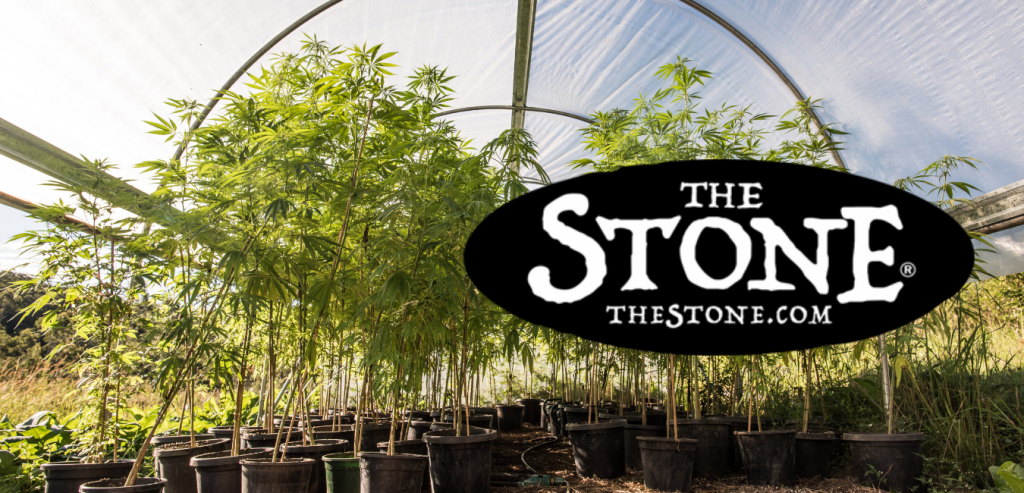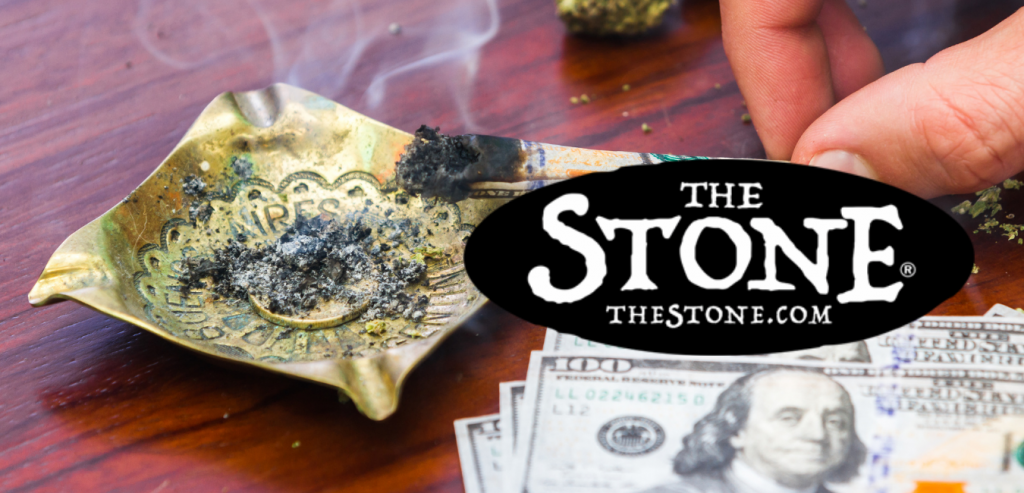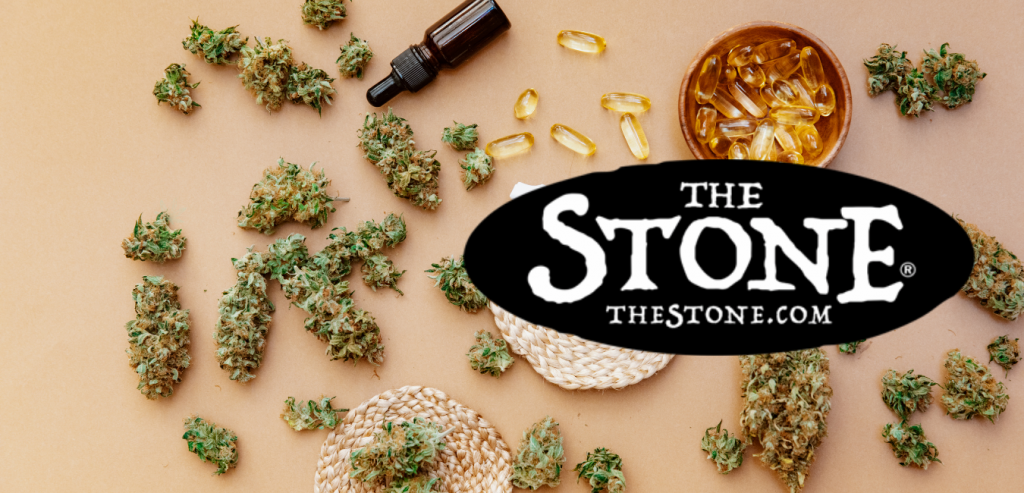
This website is for users aged 21 and over. Please confirm your age.
So you’ve grown a couple of cannabis plants, and now you want to know how to use your weed buds. Here’s a guide on growing weed at various stages, from seed germination to final storage, for those who’d rather not ingest moldy buds or smoke harsh joints.

There are many types of lights to choose from, from fluorescent lighting to LED lighting, but lumens per wattage is the essential quality to look for. This will tell you how much light your plants receive as an electricity consumption ratio. For example, if you’ve got a 400-watt grow light that emits 8500 lumens, then you’ve got a light that emits about 218 lumens per watt.
The more helpful information you can get from this term, the better, so look for the lumen-per-watt ratio. 600-700 lumens per watt is ideal, while anything above 1000 lumens/watt might be too much light if you’re using fluorescents. Another thing to consider is the light frequency, which should be around 6500 kelvin (the color of sunlight at noon).
You can use many different types of soil, but it’s best to use a medium that drains well, retains nutrients, and doesn’t pack down. A big plus is a potting soil which you can buy either in bulk or pre-packaged. As far as containers go, avoid plastics because they are porous and will retain unwanted flavors. You want to make sure the cup has at least four inches of space between the soil and rim for your root system to develop.
From here, it’s just a matter of waiting for the seedlings to sprout and then moving them into their final container. If you’ve got a good full spectrum to grow light and proper plant nutrition, your plants will start green and healthy before turning yellow and withering away. This withering indicates several things, including the fact that you haven’t provided enough light or your plant isn’t receiving high-enough levels of nutrients. Sometimes all it takes to fix this problem is transplanting the plant into a larger container with fresh soil.

At this point, don’t expect to save the plant; either keep it in a vegetative state until harvest or let it entirely wither away in the dark. Another thing to consider is over-watering, which can contribute to mold and fungus growth. This usually happens when too much water gets left in the soil and is difficult to fix. If you’re not sure how much water to provide, check the earth’s moisture with your fingers; if it’s still moist, wait a day or two before watering again.
You’ll want to provide the plant with a full spectrum of grow light for sixteen hours a day or around 1200-1500 lumens per square foot of canopy space during this stage. If your plants aren’t getting enough nutrients from the soil, they may start showing signs of nutrient burn. This is a tell-tale sign of a nitrogen deficiency, so you’ll want to add a little bit of liquid pH down or a complete nutrient solution. These plants grow fast and need water regularly, so it’s good to have a drainage tray under the pot that can hold several gallons. Ensure this tray is sloped at least an inch every two feet to allow for proper drainage.

You’ll want to increase the darkness period by five minutes every day until you’ve reached twelve hours of dark per day. This is enough darkness to activate the flowering process without forcing the plant to flower early. At this point, you want to maintain twelve hours of night per day until your plant is nearing harvest time. Once the flowers have begun to form and are growing outward from the leaves, it’s good to switch back to a full spectrum light for at least eight hours a day to ensure the development of larger, healthier buds.
Harvesting your cannabis involves cutting down the entire plant and hanging it upside down or laying it out to dry. After you’ve gathered, you’ll want to trim off any dead leaves before drying; this can be done with scissors or a hand. Cut away any tiny leaves that are less than half the size of the healthy ones; these smaller leaves don’t contain much THC and can be discarded or used for cooking. Don’t throw away tiny buds that didn’t fully form; these are known as “popcorn” nugs and can be smoked if you’re in a pinch.
Do this for two weeks in a dark space at around 60 degrees Fahrenheit, although you may need less time depending on how much moisture the plants have. If you take too long drying your weed, it will lose potency and flavor; if you dry it too quickly, you may have mold or fungus.
After the drying process is complete, you can store your bud in a tightly sealed jar to protect it from light and humidity. Proper storage involves placing the marijuana into an air-tight container like Tupperware before putting that inside another giant Ziplock bag; when stored properly, you can expect your bud to maintain its potency for around six months.
Switch them over to the flowering phase for two months or so, depending on how big your harvest is. Harvesting your cannabis involves cutting down the entire plant and hanging it upside down to dry. The drying process takes two weeks or less, depending on how wet your plants are; you’ll want to put them in air-tight containers before storing them for up to six months. If you’re looking to harvest marijuana every few months, it’s good to grow auto-flowering or feminized plants since they will flower no matter the light schedule.

This article is focused on getting a reader to understand how to harvest cannabis, including what tools and time frames are involved and how to dry and store your cannabis after harvesting. It includes a list of actionable steps to successfully harvest cannabis and references both healthy and unhealthy ways of harvesting your cannabis crop. It was written with knowledge gained through personal experience and is accurate as far as we know. Best practices are usually determined by finding common ground through multiple resources. While this information has been carefully vetted to inform you best, Always Know What’s Growin’ On!
#knowyourgrow #informationoverinfluence #knowledgeispower #stayhighstayhealthy #myweedstashisyournewbong #growsmarternotharder #justsayknow #weedstagram420 #healingthroughhydroponics #growyourownshit
Did this article help you? Great! That’s what we do on The Stone Dispensary. If that was all, then today is your lucky day! There are some fantastic perks to being a member of the Grow community for first-time growers.
In addition to extra elements added by certain hydro store additives, coconuts have been known to absorb microbiological organisms from soil media during their propagation naturally. This process increases the bacteria and fungi in it, allowing for an increase in nutrient uptake by your weed plants
As we all know, coconuts consist of 60% water, and coconut water contains a high concentration of potassium (K), magnesium (Mg), calcium (Ca), and many other trace minerals.
Coconut water has even been used to successfully treat weed plants with spider mites using the foliar spray method. Mix one tablespoon of coconut oil in 2 cups of water and add to your mixture.
Sufficient amounts of potassium promote photosynthesis by increasing the rate at which energy is captured from light. It also regulates stomata openings and closing during transpiration, preventing excessive loss of moisture that can cause wilting.
Although pitaya and dragon fruit are known for their sweet flavors, coconuts are known for their high nutrients and beneficial properties. When mixed with guano tea and worm castings tea (vermicompost tea), coconut water provides your weed plants with a wide range of essential elements: potassium, magnesium, calcium, and many other trace minerals not found in tap or bottled water.
Coconuts have been used to successfully treat weed plants with spider mites using the foliar spray method. Mix one tablespoon of coconut oil in 2 cups of water and add to your mixture.
Coconut water is sold as an additive at certain hydro stores. However, I do not recommend it because you don’t know what is really in there and if they add anything or not. It’s best to make your nutrient solution with known ingredients.
Spreading coconut water throughout the soil media allows for faster overall growth resulting in higher yields than without it over-irrigating plants.
Since coconuts contain high potassium, magnesium, calcium, and many other trace minerals not found in tap or bottled waters, mixing coconut water with guano tea or worm castings (vermicompost) tea will work great!
As we all know, coconuts consist of 60% water, and coconut water contains a high concentration of potassium (K), magnesium (Mg), calcium (Ca), and many other trace minerals.
This is an excellent organic hydroponics nutrient solution in coconut water with guano tea and worm castings (vermicompost) tea. This combination provides your weed plants with potassium, magnesium, calcium, and other trace minerals not found in tap or bottled waters.
When mixed with guano tea and worm castings (vermicompost) tea, coconut water provides your weed plants with a wide range of essential elements: potassium, magnesium, calcium, and many other trace minerals to help them grow strong!
Coconut water can be used as an additive at certain hydro stores; however, I do not recommend it because you don’t know what is really in there and if they add anything. It’s best to make your nutrient solution with known ingredients.
We warmly welcome you to explore our highly acclaimed strains, concentrates, and edibles. Serving recreational clients with pride is our passion.
At our dispensary, you'll find a professional yet inviting atmosphere that prioritizes your comfort and privacy. Feel free to stop by at your earliest convenience to experience it for yourself. We can't wait to serve you!


